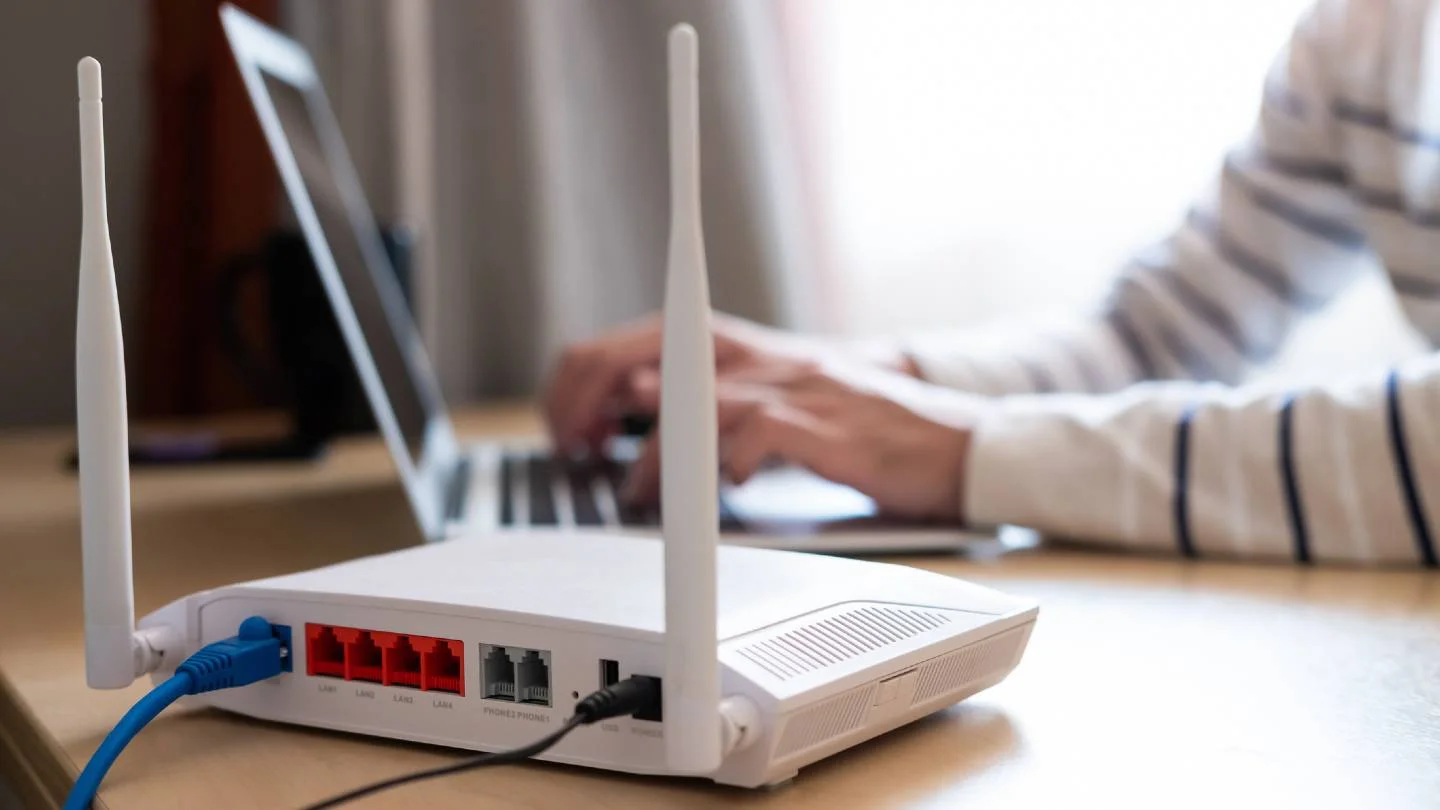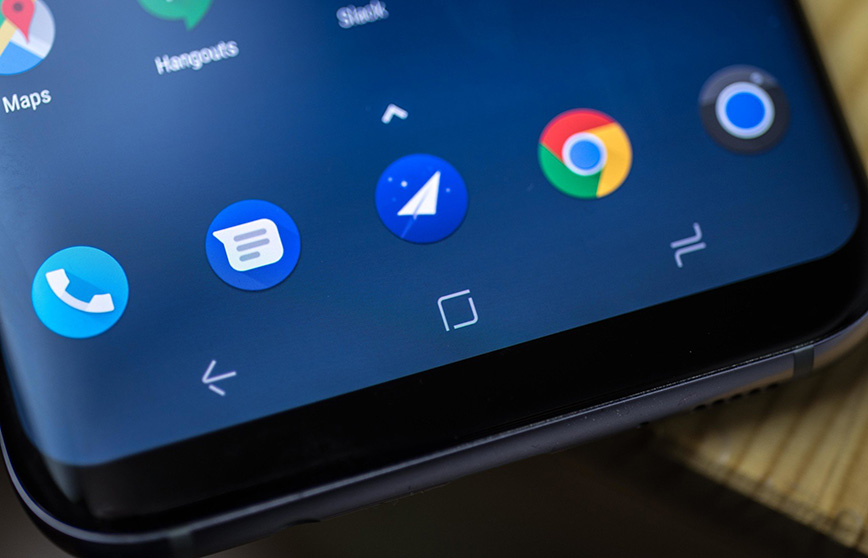How to check how many people connected to my WiFi?
Welcome to Blackview (Well-known brand of rugged smartphone and tablet) blog. Hope the guide helps.
Knowing who is connected to your home or office Wi-Fi network is important for security and bandwidth management purposes. Whether you suspect unauthorized access or simply want to monitor your network usage, there are several methods you can use to check the number of connected devices (phones, tablets, laptops, and more).

Why Check Who's on Your WiFi?
- Security Risks: Unauthorized users can potentially access your network and data.
- Slow Performance: Multiple devices can strain your bandwidth, leading to slower internet speeds.
- Identifying Unknown Devices: It's helpful to know all the devices legitimately connected to your WiFi.
3 Ways to Check Connected Devices
1. Using Your Router's Interface
The most direct and simply way to see connected clients is through your router's web-based administration interface. The exact steps might vary depending on your router model and manufacturer. Here's a general guideline:
- Open a web browser and enter your router's IP address in the address bar (the default value usually is 192.168.1.1 or 192.168.0.1). This IP address is usually printed on the back of your router or in its manual. Find a professional person to help if you can't find the right router's IP address.
- Log in to your router's interface using the username and password.
- Look for a section labeled "Attached Devices," "Connected Clients," "DHCP Clients," or similar. This section will display a list of devices currently connected to your WiFi network.
- You might see information like device name, MAC address (unique identifier for network devices), network usage, and IP address.
IP address Related:
- Can someone hack my phone by IP address?
- How to change IP address on Android?
- How to hide your IP address on a phone or computer?
- What is IP address on your phone & How to check it?
2. Using Your Computer
This method offers a limited view and might not be available on all devices.
Windows:
- Type Windows key and R key, there will be a small window appear.
- Type "cmd" in the small window, and press Enter. The Command Prompt window will come out.
- Type "arp -a" and press Enter.
- You'll see a list of devices with their IP addresses and MAC addresses.
macOS:
- Open the Terminal application (located in Applications > Utilities).
- Type "netstat -aw | grep ether" and press Enter.
- This will display a list of connected devices with their IP addresses and MAC addresses.
3. Using Third-Party Apps
There are several third-party apps available for download on Android and iOS that claim to scan your network for connected devices. However, proceed with caution:
- Security Concerns: Be wary of apps that require excessive permissions or seem untrustworthy.
- Limited Functionality: Free versions might have limitations, and paid apps aren't always a guarantee of effectiveness.
Securing Your WiFi Network
- Change Your Default Password: The default password on your router is likely weak. Set a strong, unique password with a combination of uppercase and lowercase letters, numbers, and symbols. Extending reading: How to see wifi password on Android?
- Enable WPA2 Encryption: Most modern routers support WPA2 encryption, which scrambles data transmitted over your WiFi network.
- Enable Guest Network (Optional): Consider creating a separate guest network with a different password for visitors. This allows them internet access without exposing your main network.
- Disable WPS: WPS (Wi-Fi Protected Setup) can be a security vulnerability. If you're not using it, consider disabling it.
- Keep Your Router Firmware Updated: Router manufacturers release firmware updates to address security vulnerabilities. Update your router's firmware regularly.
By following these steps, you can identify devices on your WiFi network, take control of your internet connection, and ensure a more secure and efficient online experience.
Read also,







